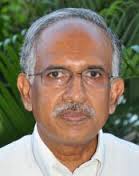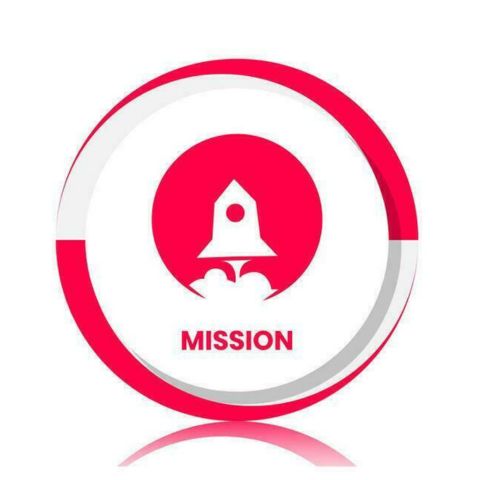
VISION 2020: The Right to Sight – INDIA is a key driver of joint global initiative of the World Health Organisation (WHO) and International Agency for the Prevention of Blindness (IAPB) for reducing avoidable visual impairment. It is a collaborative effort of INGOs, NGOs, eye care organisations in India and Dr RP Centre, AIIMS, to coordinate and advocate for improved eye care programs; to gain and share knowledge and together develop solutions to achieve quality, comprehensive and equitable eye care. We are governed by a Board of 16 members.
As A Collective, We Are An Audible Voice For A Positive Change
Towards Advocacy and Collaboration with the Government
Our prime objective is advocating with the government – both at the Centre and State level to influence policy changes for improved and effective eye care delivery programmes. We have established good coordination with the NPCB. The ministry recognises VISION 2020 – INDIA as a nodal body to make representation on behalf of eye care NGOs across the country to voice their concerns. We represent a link between our members and the government for understanding policies and their development. Senior offcials from the health ministry have been part of VISION 2020 – INDIA’s consultations and guided the Board on future plans. We collaborate with our members and NPCB for several programmes: conducting national World Sight Day, supporting the development of national policies, developing resources and manuals on eye care issues. The manuals have been acknowledged by the NPCB. Our conferences and workshops offer members a platform for meeting senior government officials. Our members can benefit from this.




